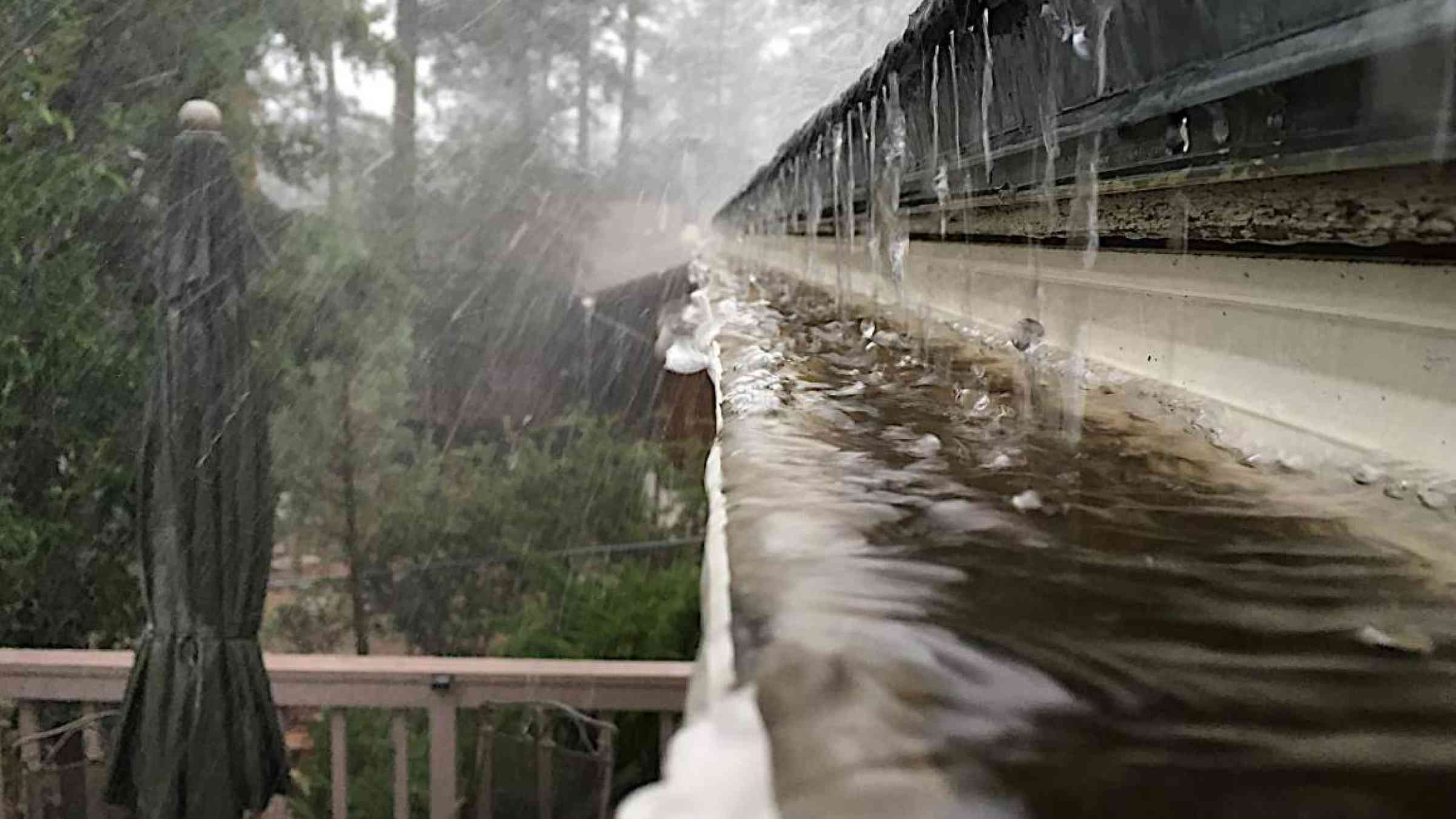Rate of temperature–precipitation scaling in rainfall events

Future extreme rain will be embedded in shorter, more convective dominant rainfall events in the northeastern region of North America, leading to larger rate in future temperature-precipitation scaling.
In a future climate, precipitation is expected to be around 7% more intense for each Celsius-degree temperature increment. This estimation is based on a thermodynamic relationship described by the Clausius-Clapeyron equation. However, the temperature-precipitation scaling rate is known to deviate for extreme precipitation.
Pérez Bello et al. [2022] use a duration-based classification of the extreme rainfall events to analyze this rate. By using an ensemble of 50-member climate simulations, they find that in northeastern North America the peak value and the total rainfall depth of the rainfall events respond differently to temperature. Values above the Clausius-Clapeyron relation were observed in the southern regions for most of the ranges of rainfall durations analyzed. The authors also find that in a future climate, the more extreme one-hour annual maximums will be embedded in shorter and likely more convective dominant rainfall events.